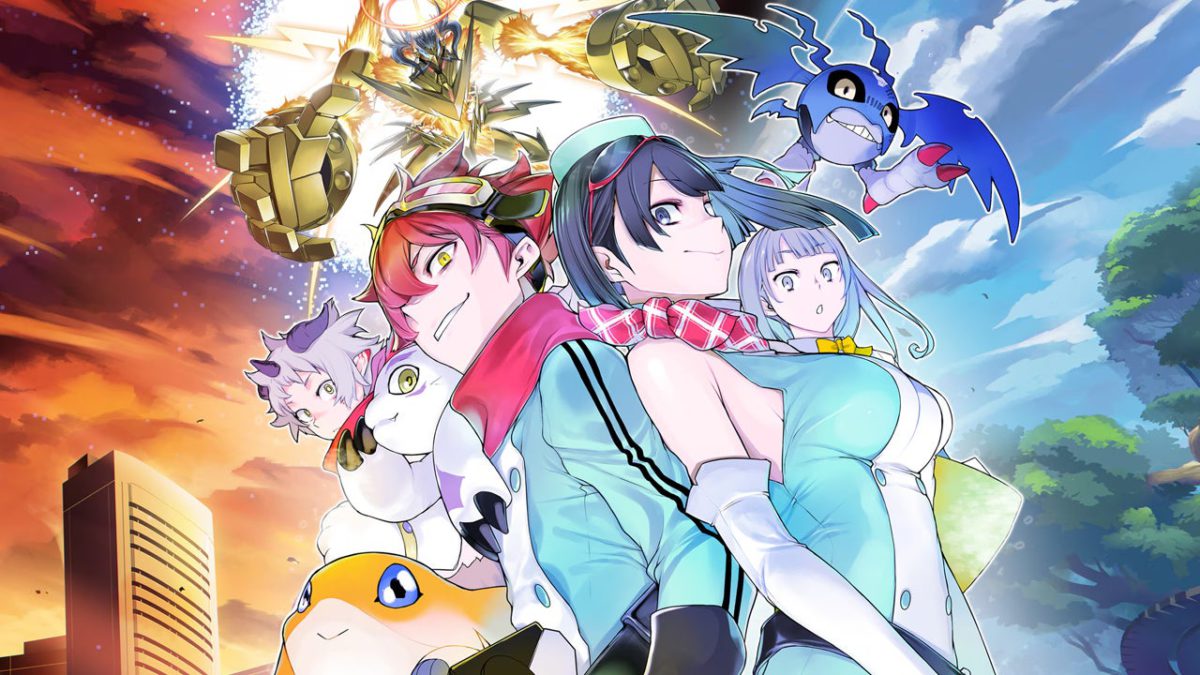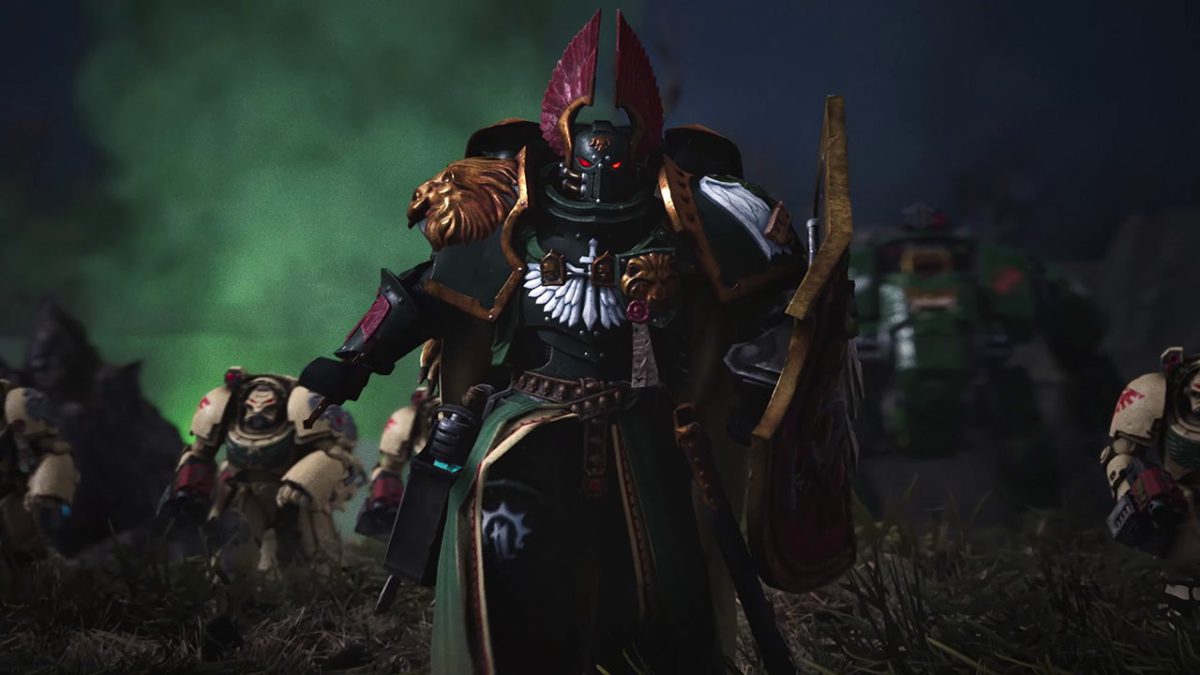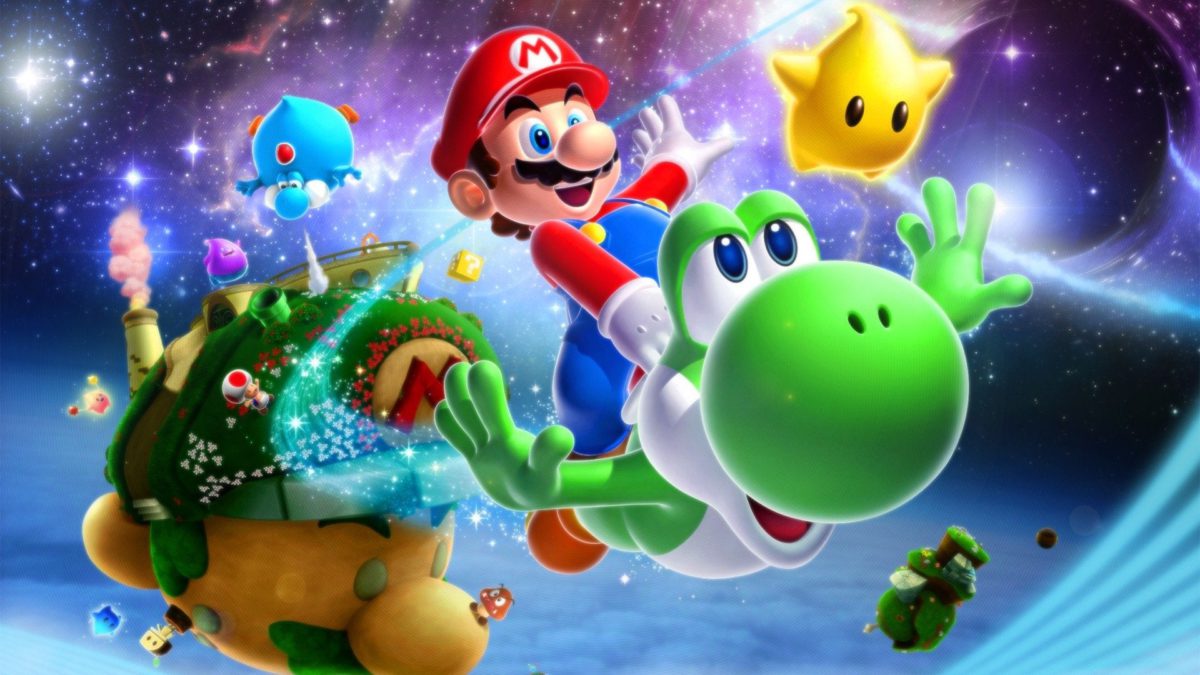
We’ve rounded up the best deals for Sunday, January 11, below. Don’t miss your chance to save on these deals!
Digimon Story Time Stranger for $52.45
Digimon Story Time Stranger was the long-awaited next entry in the Digimon Story franchise, and it turned out to be a major hit. In our 8/10 review, we wrote, “Digimon Story: Time Stranger builds on its predecessors to deliver one of the best Digimon RPGs to date. It has a much more engaging story this time around thanks to its clever time travel setup and a charismatic and lively cast of Digimon characters.”
Super Mario Galaxy + Super Mario Galaxy 2 for $58.99
Super Mario Galaxy + Super Mario Galaxy 2 released for Nintendo Switch last Fall, and today, you can score this double pack for $58.99 at Woot! These two adventures are some of Mario’s greatest, making this a must-own game for any Switch owner. Plus, there’s a free update for Nintendo Switch 2 that enables 4K support.
New Nintendo Switch 2 Joy-Con 2 Up for Pre-Order
Last week, Nintendo revealed the first new set of Joy-Con 2, which feature purple and green colors. These are set to launch on February 12 alongside Mario Tennis Fever, so now’s the time to secure a new pair if you’re planning on heading to the courts together with friends next month.
Ninja Gaiden: Ragebound for $31.12
Ninja Gaiden had an incredible 2025, and today, you can score one of the franchise’s most unique entries for $31.12. Ninja Gaiden: Ragebound released in August and was created by The Game Kitchen. In our 9/10 review, we wrote, “Ninja Gaiden: Ragebound looks and sounds incredible, and the fast but thoughtful combat is so satisfying it’s hard to put down.”
The Legend of Zelda: Tears of the Kingdom for $46.99
Tears of the Kingdom is one of the best games of the decade, maybe even ever. The expansive world and formula that Breath of the Wild introduced was perfected on, with Sky Islands and The Depths adding to an already gigantic world. Right now, you can take home a physical copy for $46.99, which is 33% off the usual price.
Save on The Art of DOOM: The Dark Ages
Art books are a great way to gain greater insight into the development of your favorite games. This DOOM: The Dark Ages art book was released a few weeks ago, and it’s already on sale for just under $31. Featuring over 200 pages, you can dive into behind-the-scenes art of the Doom Slayer, his weapons, and even enemies or locations.
8BitDo SN30 Pro Bluetooth Controller for $29.99
If you’re looking for a solid gamepad, the 8BitDo SN30 Pro is hard to beat. This controller is compatible with Nintendo Switch, Nintendo Switch 2, PC, iOS, and Android devices, so you can play games wherever you please. Drift is not a concern with Hall Effect Joysticks, and the battery life will last through multiple long sessions.
Silent Hill 2 for $27.39
Silent Hill 2 is available for $27.39 at Amazon. The Bloober Team-developed remake brought new life to the iconic Konami game, depicting the story of James Sunderland as he travels to Silent Hill after receiving a letter from his dead wife. With revamped combat, a rerecorded soundtrack, and new story additions, Silent Hill 2 is a fantastic horror game that is worth experiencing.
Devil May Cry 5: Official Artworks for $24.59
Devil May Cry 5 had a fantastic group of artists working on it, and you can take home the Official Artworks book this weekend for $24.59. This hardcover 256 page book packs in concept art, weapon designs, locations, storyboards, and more. It’s the perfect addition to any DMC fan’s collection.









